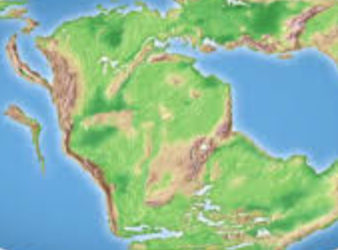Moving Through the Open Room Arranging Emptiness
Protected: Magnetic Charta 1
Metrica
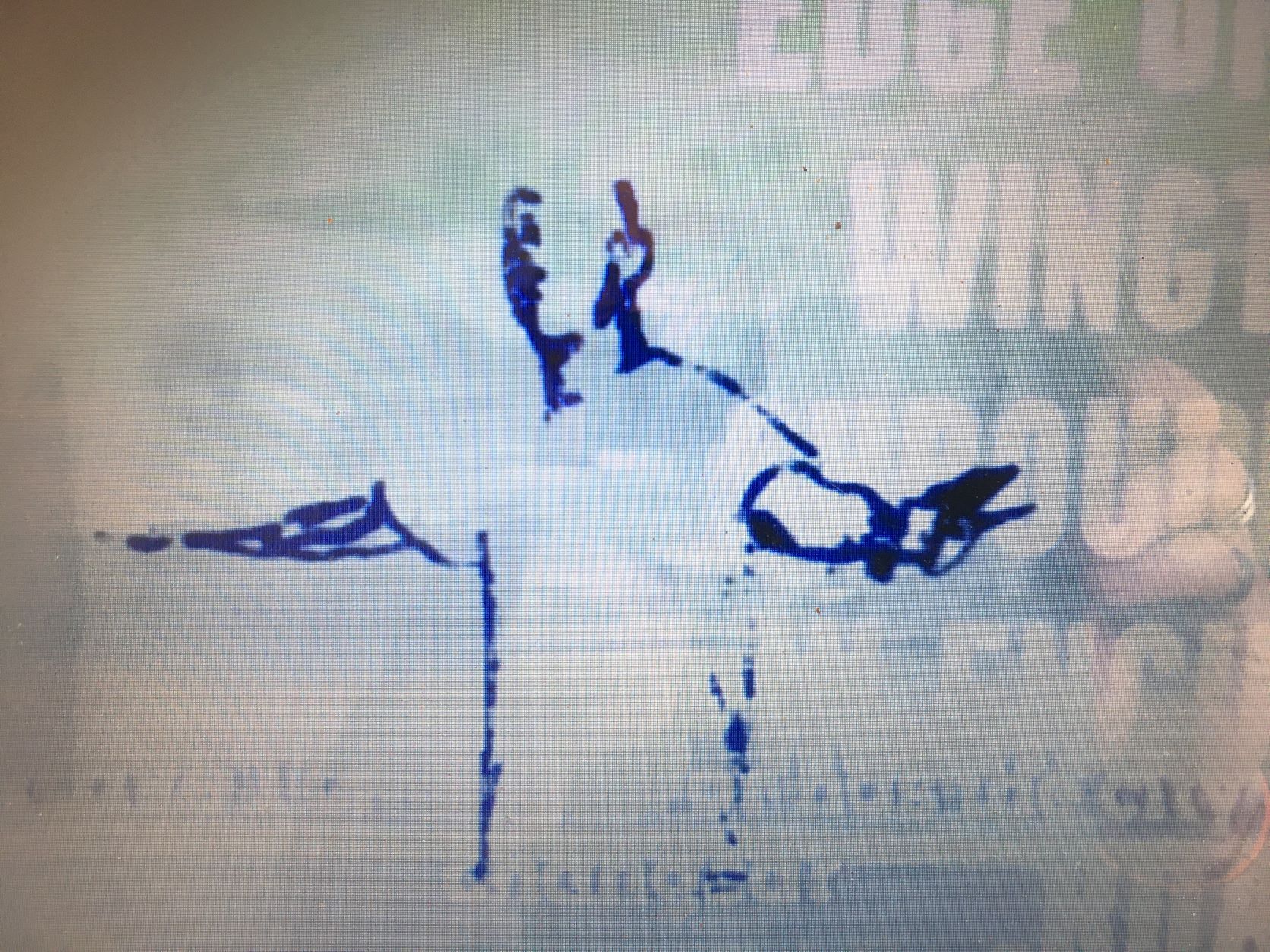
I don’t know how
& I don’t know when,
or where or why or
what—& so may
begin—
fragment from Tom Weatherly
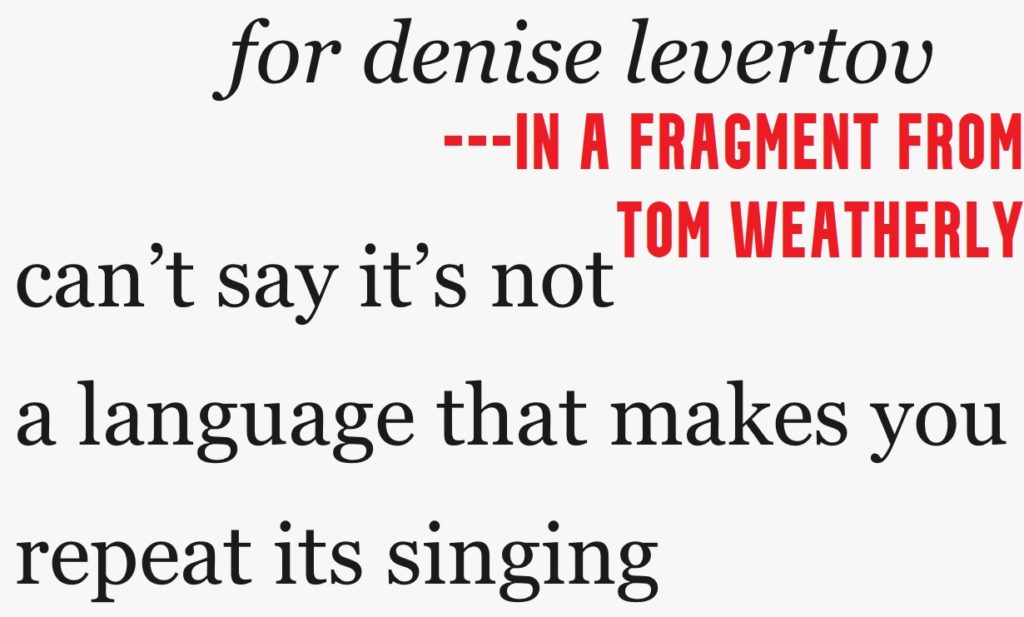
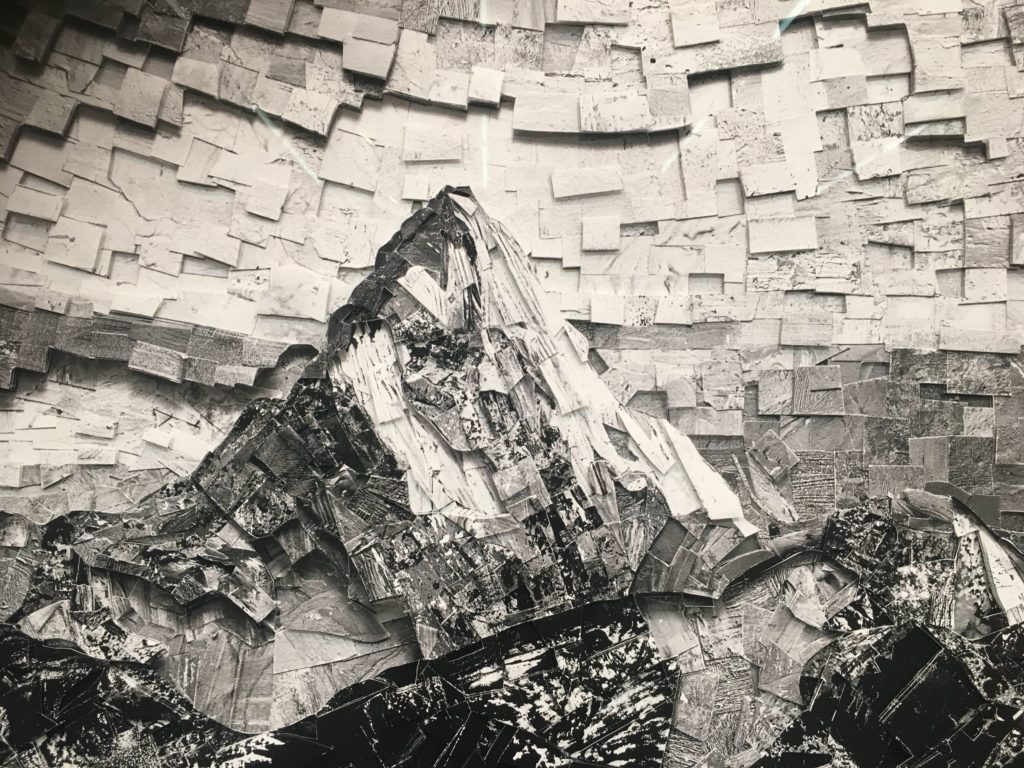
I don’t know how & I don’t know when, or where or why or what – & so may begin –
TOKYO A TOTO 02
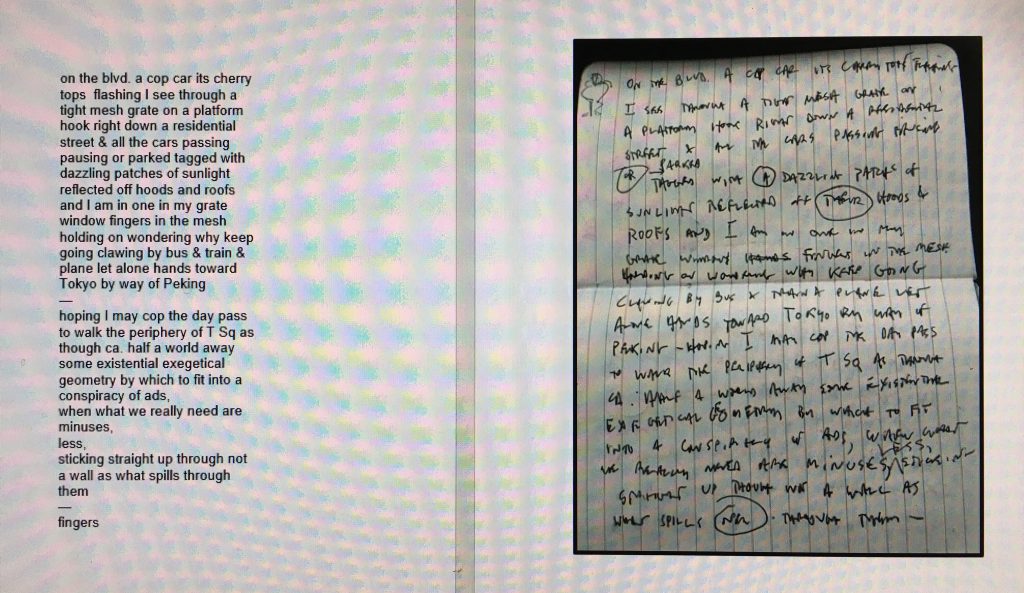
Catskill Sieve Survey 1
I made this in February of 2015 moving out of a plan to superimpose a fractal pattern onto the Catskill Mountains and then see what was there.
In this case what I found (logging down to the seconds longitudes and latitudes) were the centers of 64 vortexes in the pattern–here, the Julia Set–and you don’t really find in fractal geometries the application of “sieve” except related to the Sierpinski Sieve (or Triangle or Gasket) which I guess the triangulated structures of which possess a sieve-like pattern. Yet the fractal pattern does have a sieve action in motion–though undercutting that’s that it’s all repeating, or self-similar, and nothing is new except an uncanny visual sense of wonder tied to some raw infinitude with just enough swerve.
The origination of the word “sieve” falls to various European languages that all point toward a specific tool, a sieve–which at the time must have been a real find–a thing that’s used to separate, more or less, “finer from the coarser parts of disintegrated matter by shaking it so as to force the former through meshes too small for the latter to pass”–like the camel through the eye of the needle, with the understanding that “needle” was a colloquialism for the slits in forts of ancient Israel narrow enough (very) to guard against attack, because groups were always attacking each other. Anyway, it was such a great discovery that it got it’s own word, with a lot of other words and attitudes attached to it. “Sieve” falls to things that spill out, a displacement, “sift,” like “shift,” which would appear to be its kin yet’s actually closer to “shed,” from the Old English “to divide,” which is a large part of what a sieve does. It has to do with winnowing, like in the expression the chaff from the wheat–yet not, as it must be “the wheat from the chaff” as it’s got a little algorithmic engine inside it. And “sieve” possesses a certain anomonopoetia to sounds of rubbing off, like snakes skins.
And of course “sieve” has the same sound shape as the contraction for “civilization,” as underwriting my interest in this project was and is an exploration of the possibilities of remapping the Catskills–or to impose another random order on its extant one–and see what happens, or the Catskill Sieve. In that sense the thing itself is a sieve, though I don’t ascribe to the superimposition of the course/fine dual-headed viper, though practically speaking it’s difficult to escape; rather nothing, just see what happens, with some feeling around it and things and people to bring to work together, at which (collaboration) I’ve never been very good yet feel a strong disposition to keep trying.
The sound track is from the Atlas Mountains of North Western Africa (or Morocco) with whom the Catskill Mountains were joined in Gowanadaland 180-million years back when our continents were one.

(Though really here am I working with the Bedouins or projecting at best or ripping off their rhyme? I don’t think the latter as I really dig it, and other sounds I heard when I was researching–and can deliver the sound I found of women gathering wood among these eerie sound caves–yet the body of the research is now digital trackless dust–and we have to keep going–so I don’t know where this sound originates really, except it’s from the Atlas Mountains and is part of each of us.
I got as far as this, coupled with the notion I would go to these 64 longitude-latitude axes (down to the second) and record what’s there to discover or add out ahead, combing the hills and backs of people’s lives for years mapping the mountains.
Catskill Sieve: Mojo Dojo 2
Here’s Omar Pérez improvising on cajon with a stick and a hand in the Mojo Dojo.
With the cajon in its Cuban incarnation as a standing, or (more exactly) slightly slanting, instrument—vs. the cajon you sit on to play—with its relatively square, upright space, one is struck by its likeness to the page, or sheet of copy paper: or playing it, one imagines entering percussively the act of “writing” (etym. root in “carving”).
This is particularly evident in this instance of Omar playing with a stick, which is pencil-, if not wand-, like. And as though writing were not just an act of carving away, revealing—is writing, more than adding, a subtractive act?—yet also tapping, knocking—even banging—a door.
And, if all that holds even if imaginatively, is that door one of entrance into a place—house of mirrors, etc.—or a door out of enclosure?
Stay tuned.
Utopia 2 (Chairs)
Omar dislikes chairs, doesn’t have any in his place in Havana and generally avoids them as much as he may. His rationale is that they remove us from the ground.
It’s true our lives would be much altered if we eliminated them (and their decadent cousin, the sofa) from our days and nights, and with them a lot of their associative furniture condiments, like side tables and their lamps, etc.
This would be a fundamental remapping of our days: What’s your living room look like without sitting casts? ![]() With what would you replace them? You might finally have room for your own, homemade R. Serra! A sans-chairs world would be a terrific benefit to our flexibility and lower our gravitational centers. People might be more included to make love, also, as presumably we’d already be or close to lying down, a big initial hurdle. It might even increase connection to our base chakras, which we will need for the journey ahead.
With what would you replace them? You might finally have room for your own, homemade R. Serra! A sans-chairs world would be a terrific benefit to our flexibility and lower our gravitational centers. People might be more included to make love, also, as presumably we’d already be or close to lying down, a big initial hurdle. It might even increase connection to our base chakras, which we will need for the journey ahead.
Please note, however, we won’t want to deep-six tables, as they are useful surfaces on which to work. Of course Hemingway, who had a place in Havana, wrote standing up, as did Virginia Woolf. I thought I read Rilke did, yet can’t corroborate that. I’ve never written formally in a standing position yet written many poems on the hoof or standing into notebooks or a recording device. It’s got a different dynamic, and I’ve found a more collaborative one relative to any environment in which you may find yourself.

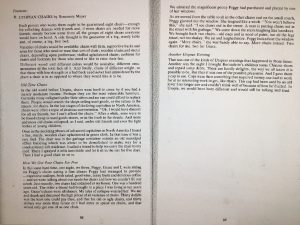 Yet at Bernadette and Phil’s gathering yesterday (the Utopia post yesterday, citing link to its free PDF edition, noting that according its “Utopian Copyright” they all should be ) Marie Warsh, the daughter of Lewis Warsh and Bernadette, read from Utopia a section entitled “UTOPIA CHAIRS,” written by Rosemary Meyer. As she writes (and Marie read, standing up), “In the last stages of declining capitalism in North American, chairs were often the topic of desirous conversation.”
Yet at Bernadette and Phil’s gathering yesterday (the Utopia post yesterday, citing link to its free PDF edition, noting that according its “Utopian Copyright” they all should be ) Marie Warsh, the daughter of Lewis Warsh and Bernadette, read from Utopia a section entitled “UTOPIA CHAIRS,” written by Rosemary Meyer. As she writes (and Marie read, standing up), “In the last stages of declining capitalism in North American, chairs were often the topic of desirous conversation.”
Attached is the text for you to read (click and expand) silently or aloud lying around with friends—just like utopia!

